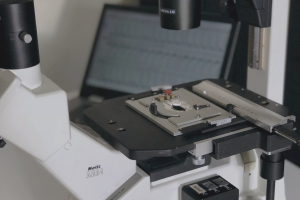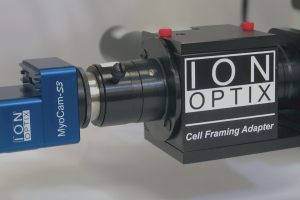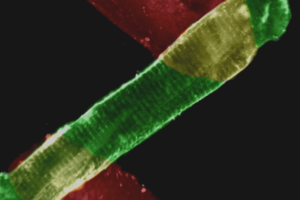Zhao G, Adebiyi A, Blaskova E, Xi Q, Jaggar JH
Abstract:
Inositol 1, 4, 5-trisphosphate receptors (IP3Rs) regulate diverse physiological functions, including contraction and proliferation. Three IP3R isoforms exist, but functional significance of these subtypes in arterial smooth muscle cells is unclear. Here, we investigated relative expression and physiological functions of IP3R isoforms in cerebral artery smooth muscle cells. We show that 2-aminoethoxydiphenyl borate and xestospongin C, membrane permeant IP3R blockers, reduced Ca2+ wave activation and global intracellular Ca2+ ([Ca2+]i) elevation stimulated by uridine 5-triphosphate (UTP), a phospholipase C-coupled purinergic-receptor agonist. Quantitative PCR, Western blotting, and immunofluorescence indicated that all three IP3R isoforms were expressed in acutely isolated cerebral artery smooth muscle cells with IP3R1 being the most abundant isoform at 82 % of total IP3R message. IP3R1 knockdown with short hairpin RNA (shRNA) did not alter baseline Ca2+ wave frequency and global [Ca2+]i, but abolished UTP-induced Ca2+ wave activation and reduced the UTP-induced global [Ca2+]i elevation by ~61 %. Antibodies targeting IP3R1, and IP3R1 knockdown, both reduced UTP-induced non-selective cation current (Icat) activation. IP3R1 knockdown also reduced UTP-induced vasoconstriction in pressurized arteries with both intact and depleted sarcoplasmic reticulum (SR) Ca2+ by ~45 %. These data indicate that IP3R1 is the predominant IP3R isoform expressed in rat cerebral artery smooth muscle cells. IP3R1 stimulation contributes to UTP-induced ICat activation, Ca2+ wave generation, global [Ca2+]i elevation, and vasoconstriction. In addition, IP3R1 activation constricts cerebral arteries in the absence of SR Ca2+ release by stimulating plasma membrane ICat.






